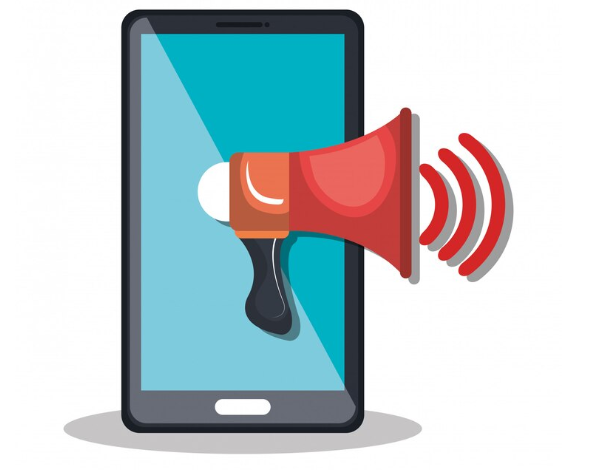
How Do I Fix My Speaker Sound When your speaker’s sound starts to degrade, it’s not always due to hardware issues—sometimes, dust and debris can accumulate in the speaker’s tiny openings, affecting sound quality. In such cases, a speaker cleaner app can be a simple yet effective solution to restore the clarity of your audio without the need for manual cleaning or professional repair.
1. What is a Speaker Cleaner App?
A speaker cleaner app is a software tool designed to remove dust and debris from your phone or tablet’s speaker. These apps typically work by playing high-frequency sound waves or vibrations that help dislodge particles trapped in the speaker grille. It’s a quick and convenient way to maintain your device’s audio performance.
2. How Does It Work?
Most speaker cleaner apps function by generating specific sound frequencies that are capable of shaking loose any particles stuck inside the speaker. You simply need to place your phone on a flat surface with the speaker facing down, launch the app, and follow the instructions. The app will play a series of tones, and in a few minutes, you may notice an improvement in sound quality as the debris is pushed out.
3. Top Speaker Cleaner Apps to Consider
- Speaker Cleaner – Remove Water, Dust & Boost Sound: This app is designed to clear water, dust, and other debris from your phone’s speaker. It offers various cleaning
How Do I Fix My Speaker Sound?
When your speaker starts acting up, the first thing you’ll likely notice is a problem with the sound. Whether it’s crackling, distortion, or complete silence, sound issues can be caused by a variety of factors. Here’s a step-by-step guide to help you troubleshoot and fix the sound on your speaker.
1. Check the Volume and Connections:
Before diving into more complex fixes, start with the basics. Ensure that your speaker’s volume is turned up and not muted. Check all connections, whether your speaker is wired or wireless. If you’re using a Bluetooth speaker, make sure it’s properly paired with the device. For wired speakers, inspect the cables for any signs of damage or loose connections, as these can often cause sound issues.
2. Test the Audio Source:
Sometimes, the problem isn’t with the speaker but with the audio source. Try playing different types of media (music, videos, etc.) from various devices to see if the issue persists. If the sound is clear on one device but not another, the problem may lie with the original device rather than the speaker.
3. Inspect the Speaker Drivers:
The drivers are the components inside the speaker that produce sound, and they can wear out or get damaged over time. If you notice any rattling, buzzing, or no sound at all, the driver might be the culprit. In some cases, gently pressing on the cone of the speaker (while it’s off) can reveal if the driver is loose or damaged.
4. Look for Software or Firmware Issues:
For smart speakers or those with software components, outdated or corrupted firmware can cause sound issues. Check if there are any available updates for your speaker and install them. Sometimes, simply resetting the speaker to its factory settings can resolve sound problems caused by software glitches.
5. Check for Interference:
If you’re using a wireless speaker, interference from other electronic devices could be disrupting the sound. Try moving your speaker away from other devices, such as routers or microwaves, and see if the sound improves. Additionally, ensure that your speaker and audio source are within an optimal range of each other.
6. Physical Damage or Wear:
Speakers are sensitive pieces of equipment, and physical damage can lead to sound problems. If your speaker has been dropped or exposed to moisture, internal components may be damaged. In this case, professional repair might be necessary, especially if the issue lies within the internal circuitry.
7. Consider a Professional Repair:
If you’ve tried all of the above steps and the sound issue persists, it might be time to consult a professional. Some problems, especially those related to internal electronics or severe physical damage, are best handled by experts who can diagnose and repair the issue without causing further harm to the speaker.
By systematically troubleshooting each of these areas, you can often identify and fix sound issues with your speaker. However, if the problem remains unresolved, professional repair or replacement might be the best option to restore your speaker’s sound quality.



